Agile methodologies & remote employee management

Previous article: Funding the future: Staff augmentation's financial benefits
You're in a dynamic, distributed work environment. Mastering Agile methodologies, resilient teams and managing remote employees is more important than ever. Agile teams adapt quickly, maintaining productivity and staying competitive. This flexibility is key to your startup's growth and success.
A study conducted by CA Technologies covering 160,000 projects and 50,000 Agile teams revealed that when team members were 95% dedicated to their Agile team, their productivity doubled compared to teams where members were only 50% dedicated. Moreover, higher levels of dedication also led to improvements in quality, predictability, and responsiveness, although the differences in these areas were not as pronounced as those observed in productivity.
Startup staffing plan: Scaling and innovating rapidly
- Rapid scaling techniques for startups
- Funding the future: Staff augmentation's financial benefits
- Mastering Agile methodologies for effective remote team management — you are here
- Enhancing cultural integration in hybrid teams
A few words about importance
Why is mastering Agile methodologies so crucial for managing remote employees? Effective communication is at the heart of it. Daily standups and regular check-ins keep everyone aligned. Tools like Google Meet and Zoom make it easy to stay in touch. Agile also focuses on iterative delivery, allowing your team to pivot quickly based on feedback. Using backlogs and task boards makes certain transparency, helping you track progress and tackle issues early.
Empower your team with decentralized decision-making and foster a culture of continuous improvement through regular retrospectives. This approach keeps your remote team proactive and innovative.
Eight principles of mastering Agile methodologies efficiently
You’re part of an Agile remote team that thrives on flexibility, responsiveness, and resilience. These teams operate with a high degree of autonomy, adapting quickly to changes. This adaptability is even more critical in a remote setting, where maintaining productivity and cohesion despite physical distances is important.
- Iterative development
Your Agile team focuses on making small, incremental changes. This approach allows for continuous improvement and quick responses to feedback. Imagine you’re in a software development team, releasing updates every two weeks. This lets you incorporate user feedback swiftly and make necessary adjustments without delay.
- Continuous feedback
You establish regular feedback loops to refine processes and outcomes. Frequent check-ins, retrospectives, and stakeholder reviews keep everyone aligned. Think of daily standups and bi-weekly sprint reviews where you can promptly address any issues and stay on track with your goals.
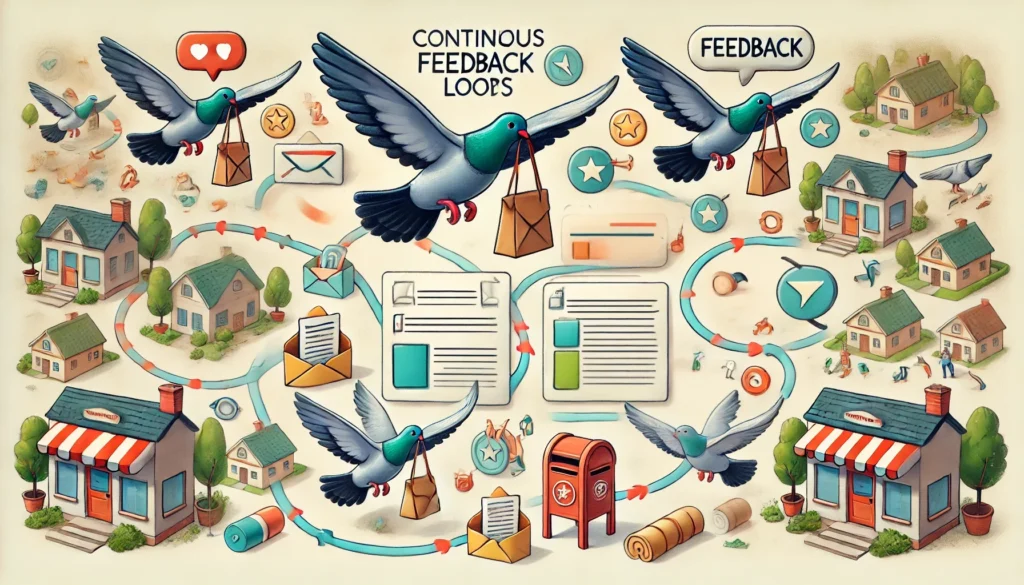
- Adaptive planning
Planning in your team is dynamic, adjusting based on real-time data and insights. This flexibility guaranties you can pivot quickly when new information or changes in project scope arise. Picture your marketing team adjusting campaign strategies based on the latest market trends and performance analytics, ensuring you always stay ahead.
- Effective communication and coordination
In your remote team, practices like daily standups, sprint planning, and retrospectives foster regular communication and coordination. These ceremonies align everyone on priorities, address blockers, and verify transparency on progress and challenges. Tools like Slack for instant messaging, Zoom for video conferencing, and Asana or Jira for project management help maintain this effective communication.
Slack's pricing plans

Zoom's pricing plans
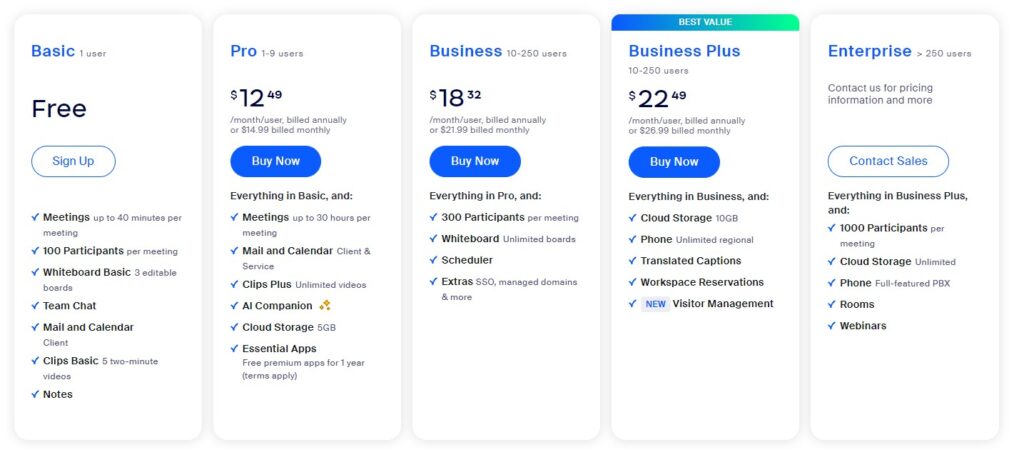
Asana's pricing plans

Jira's pricing plans
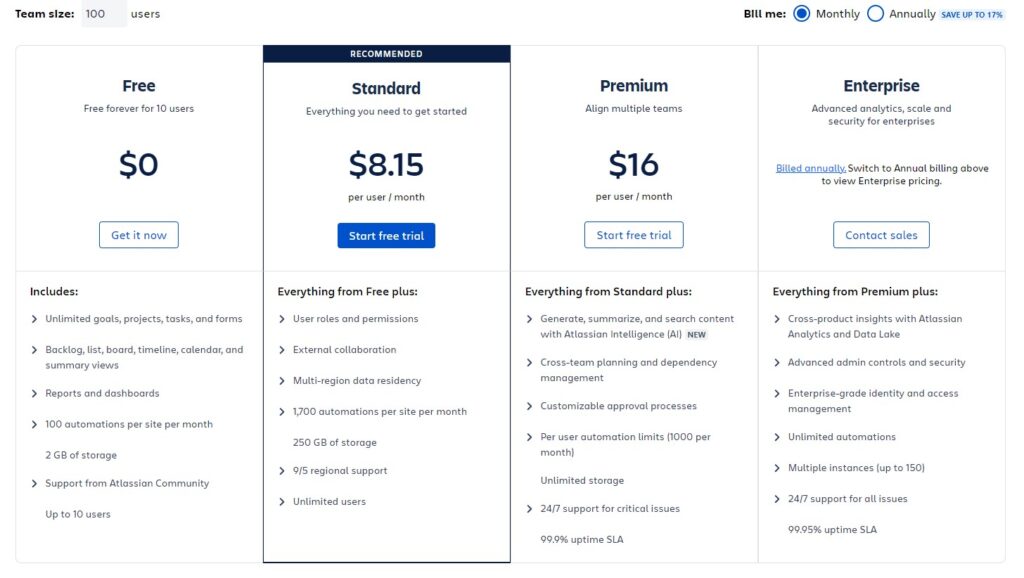
- Enhanced visibility and transparency
Mastering Agile methodologies and their artifacts such as backlogs, burndown charts, and task boards provide real-time visibility into work items, progress, and roadblocks. This transparency helps your team stay synchronized and make informed decisions. Using tools like Trello or Microsoft Teams for task tracking and visualization improves transparency and accountability.
Trello's pricing plans
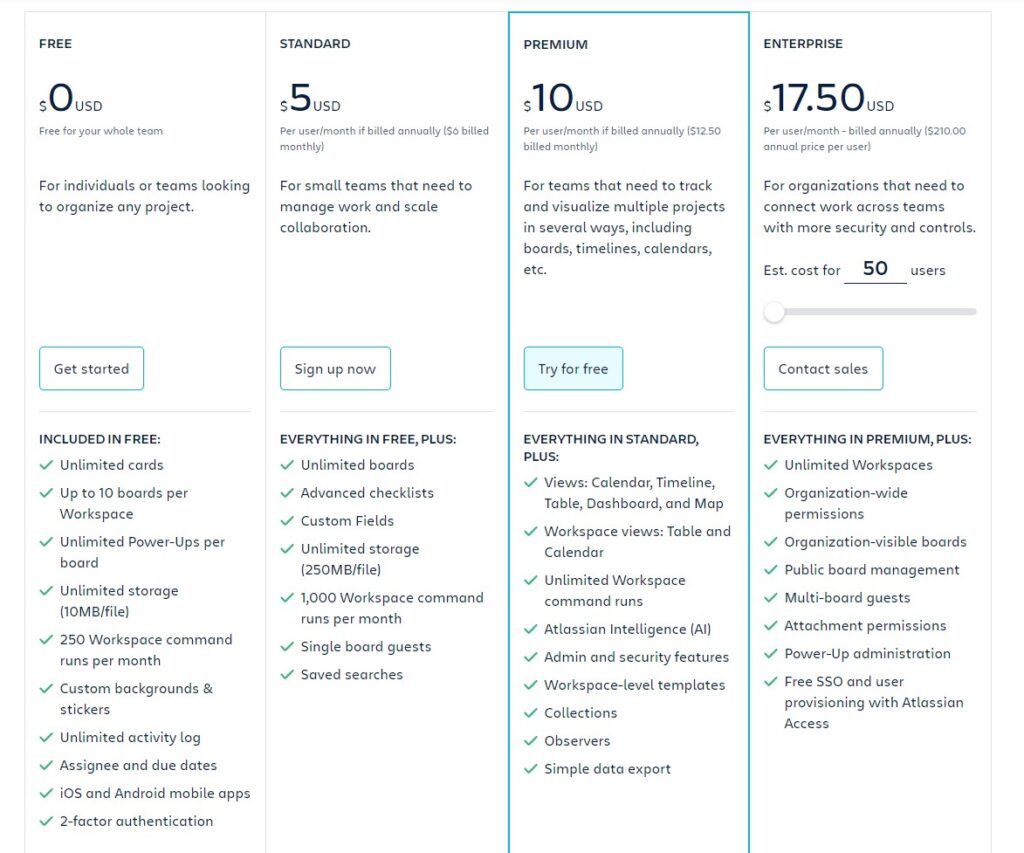
Microsoft Teams's pricing plans
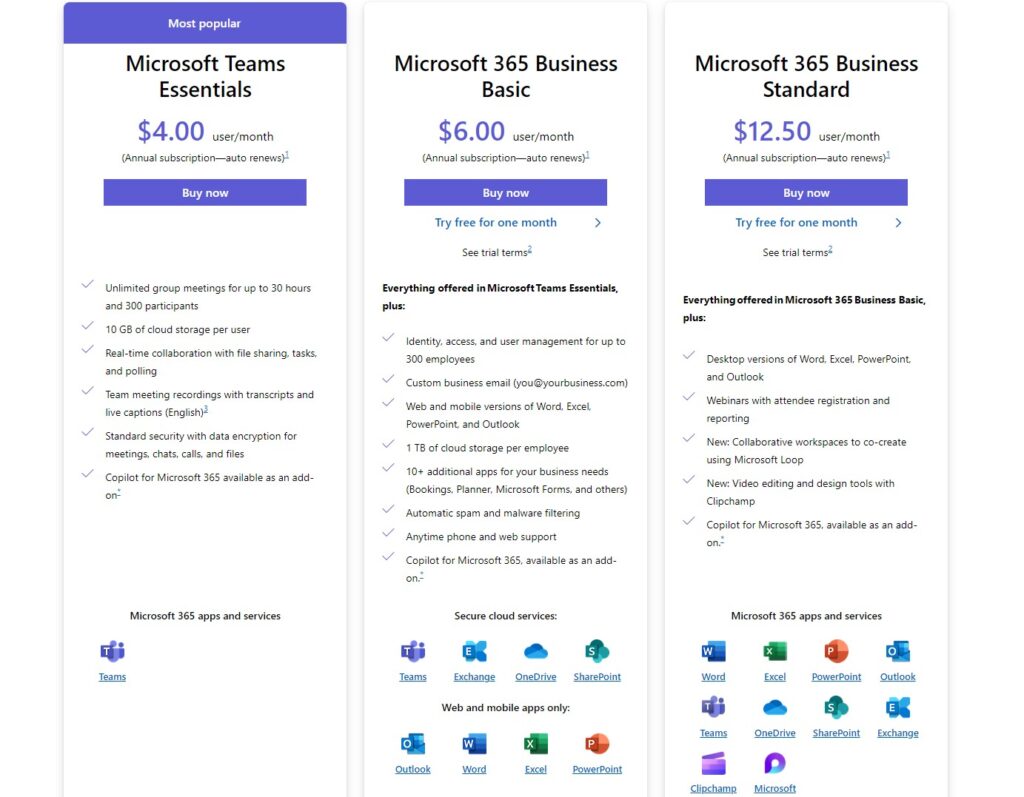
- Self-organizing and empowered teams
Your Agile team is self-organizing and cross-functional, with decentralized decision-making encouraging collective ownership. This autonomy enables you to be more adaptable and responsive, even when working remotely. Encouraging autonomy and providing the necessary resources and support fosters a proactive and motivated team culture.
- Continuous improvement and retrospectives
Regular retrospectives allow your remote Agile team to inspect processes, identify areas for improvement, and adapt ways of working to better suit the remote context. This continuous improvement is a key for managing remote employee collaboration. Emphasizing a culture of continuous learning and adaptation guaranties your team remains efficient and innovative.
- Encouraging collaboration and knowledge sharing
Agile practices like pair programming, code reviews, and shared artifacts promote collaboration and knowledge sharing within your remote team. This helps mitigate knowledge silos and facilitates seamless handoffs across locations. Leveraging tools such as Confluence for documentation and GitHub for version control significantly strengthens knowledge sharing and collaboration.
Confluence's pricing plans
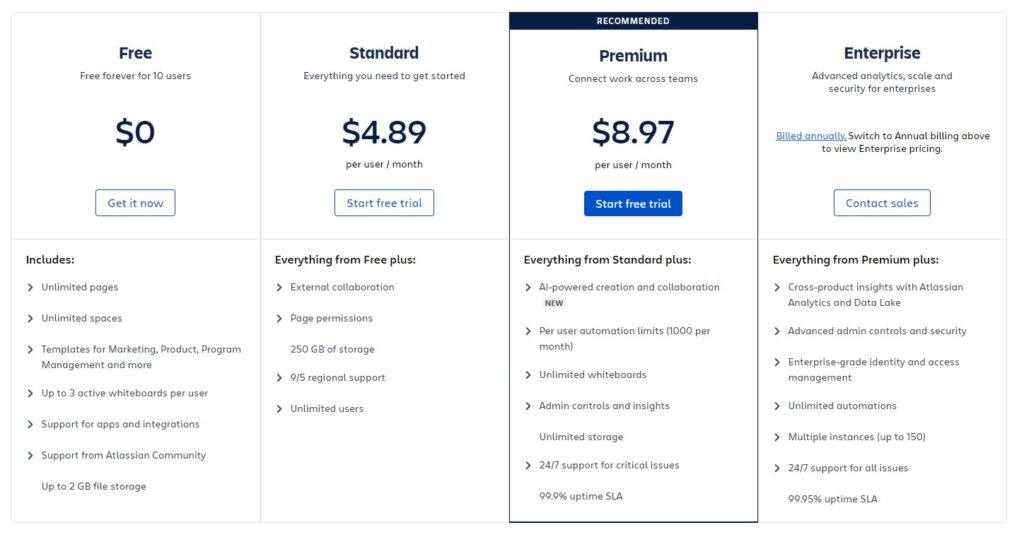
GitHub's pricing plans
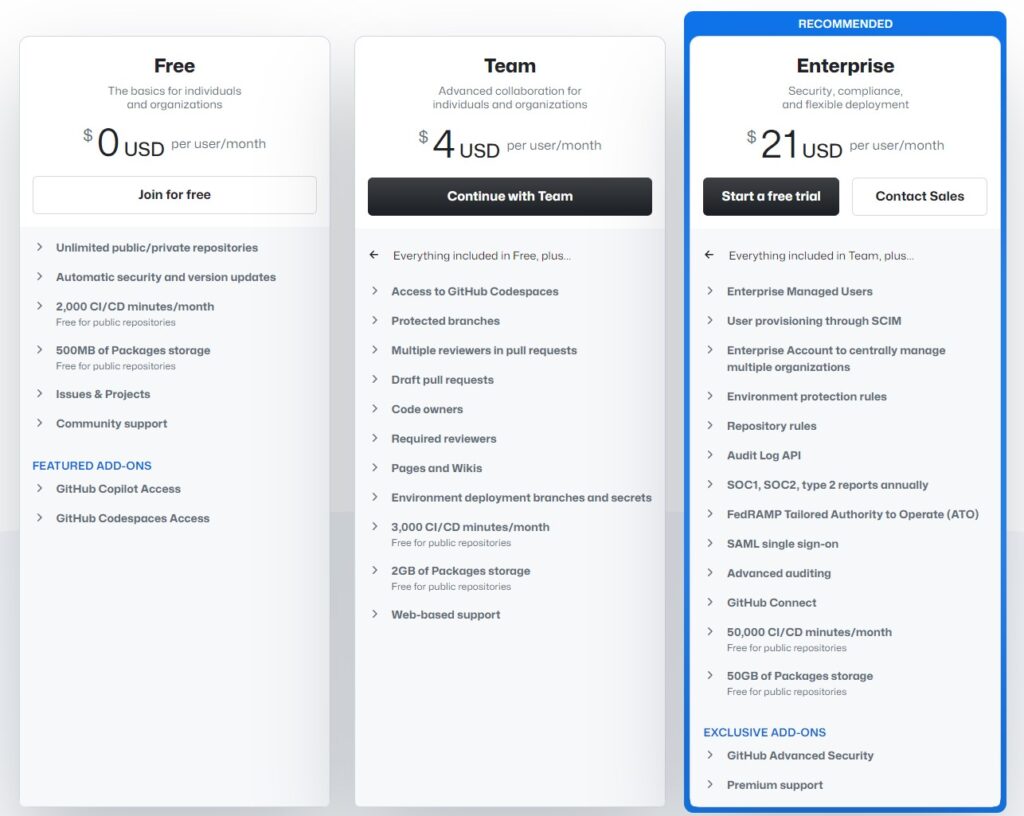
Staff augmentation for Agile remote teams
Selecting augmented staff for remote Agility
Choosing the right augmented staff for your remote team is fundamental. You need individuals with the right technical skills, cultural fit, and the ability to work independently. These qualities guarantee they can seamlessly integrate into your Agile workflows and keep the team dynamic and responsive.
Prioritize relevant skills and expertise
When selecting candidates, you focus on their technical skills and domain knowledge. Look for those with experience in Agile and remote environments. For example, a developer skilled in continuous integration and continuous delivery (CI/CD) pipelines can streamline your development processes. Their expertise helps in delivering value iteratively and adapting to changing requirements.
Assess cultural fit and collaboration abilities
It's crucial to find candidates who excel in communication and teamwork. They should thrive in a self-organizing team culture and work well autonomously. During the hiring process, conduct behavioral interviews and team-based exercises. These methods help you gauge how well a candidate will fit into your team and collaborate with remote colleagues.
Emphasize Agile mindset and adaptability
Candidates should master Agile methodologies, principles, and practices. Assess their ability to embrace change and continuously improve. Ask about their experience with Agile retrospectives and how they've implemented feedback to refine team processes. This will give you insights into their adaptability and willingness to tackle remote work challenges.
Prioritize proactive and self-driven individuals
Your remote Agile team needs proactive members who manage their time well and stay motivated without constant supervision. Look for candidates with a track record of taking initiative and managing tasks independently. Reviewing their past projects can reveal their capability to work autonomously and meet deadlines in an efficient way.
Provide seamless integration and knowledge sharing
Candidates must integrate smoothly with your existing team and contribute to a collaborative work environment. They should leverage tools and practices that facilitate knowledge sharing across distributed locations. For instance, using Confluence for documentation and GitHub for version control guaranties new members can quickly get up to speed and contribute showing effectiveness.
Integration techniques
To integrate augmented staff successfully into your remote Agile team, follow these best practices:
Onboarding programs
Implement a structured onboarding process to familiarize new members with team practices, tools, and company culture. A well-defined onboarding program reduces the time it takes for new hires to become productive. For example, a two-week onboarding schedule that includes meetings with key team members, training on basic tools, and participation in initial Agile ceremonies like sprint planning and standups can be highly effective.
Clear communication channels
Establish robust communication frameworks to provide smooth information flow. Regular check-ins, clear documentation, and the use of tools like Slack or Microsoft Teams facilitate effective communication. Set up dedicated channels for different projects and verify that all communication is transparent and accessible to relevant stakeholders.
Mentorship and support
Provide ongoing support and mentorship to help new members adapt quickly. Assign mentors or buddies to guide new hires through their initial period. Pairing new developers with experienced team members for pair programming sessions can help them understand the codebase and development practices efficiently. This fosters a sense of belonging and expedites their integration.
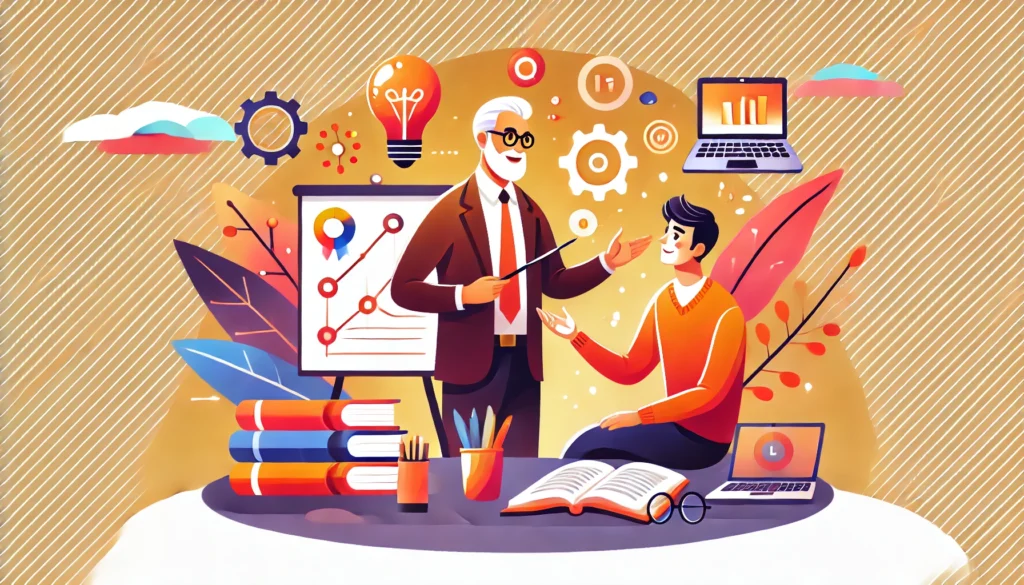
Tools and technologies for remote team agility
You need a strong technological foundation to make certain your remote team remains Agile. This foundation includes basic tools and platforms that facilitate collaboration, communication, and project management, helping your staff better mastering Agile methodologies.
Cloud services
Cloud services are the backbone of your team's accessibility and collaboration. Platforms like AWS, Google Cloud, or Microsoft Azure provide the necessary infrastructure for data storage and access from any location. Using Dropbox or Google Drive, your team can share files and collaborate in real-time, making document access and editing seamless, no matter where you are.
Amazon Web Services (AWS):
At the beginning of 2023, AWS held a market share of approximately 33%, making it the largest cloud service provider worldwide. By the way, following Q1 2023, AWS’s market share declined to 32%.
Microsoft Azure:
By the end of 2022, Microsoft Azure had achieved a market share of 23%, positioning itself as the second-largest cloud service globally at the start of 2023. Azure successfully maintained its 23% market share throughout Q1 2023.
Google Cloud Platform:
Starting 2023, Google Cloud held a market share of 11%, marking a 1% increase in Q4 2022 compared to the same period in 2021. In spite of that, GCP's market share dropped to 10% after Q1 2023.
Communication tools
Keeping your team connected is crucial, and real-time communication tools play a significant role. Slack, Microsoft Teams, and Zoom are integral in maintaining these connections. Zoom, for instance, allows you to hold virtual meetings, webinars, and video conferences, encouraging face-to-face interactions that strengthen team cohesion despite physical distances.
Project management software
Managing tasks and tracking progress are necessary for keeping everyone aligned and accountable. Platforms like Jira, Trello, and Asana help you manage these aspects efficiently. Trello’s card and board system, for example, lets you visualize workflows and monitor the status of various tasks and projects, ensuring everyone knows their responsibilities and deadlines.
Video conferencing
Video conferencing tools such as Zoom and Microsoft Teams are necessary for virtual meetings. They support screen sharing and breakout rooms, which are necessary for maintaining effective communication and collaboration in remote settings.
Instant messaging
Instant messaging platforms like Slack and Microsoft Teams provide channels for team discussions and direct messages. These tools integrate with other applications, ensuring quick and efficient communication. Whether discussing a project update or troubleshooting an issue, these platforms keep you connected.
Document collaboration
Platforms like Google Workspace and Microsoft 365 enable real-time collaboration on documents, spreadsheets, and presentations. They allow multiple team members to work together seamlessly, making it easy to update and share information. This real-time collaboration guaranties everyone is on the same page and works in an efficient way.
Google Workspace's pricing plans

Microsoft 365's pricing plans

Leveraging automation
Automation tools can significantly enhance your team's productivity by handling repetitive tasks, allowing you to focus on more strategic work.
Automation tools
Using tools like Zapier or Automate.io, you can automate routine tasks such as data entry, notifications, and workflow processes. For example, Zapier can integrate various applications to automate workflows, such as creating tasks in Trello automatically when new emails arrive in Gmail. This reduces manual workload and increases efficiency.
Zapier's pricing plans

Automate.io's pricing plans

AI-driven solutions
AI-driven solutions provide insights, automate decision-making processes, and help your team make informed decisions quickly. Tools like Grammarly offer writing assistance, while GitHub Copilot provides code suggestions. These tools enhance productivity by delivering real-time recommendations and corrections, allowing you to work smarter and more efficiently.
Mastering Agile methodologies by addressing remote team challenges
In managing your Agile remote team, you encounter several unique challenges. These hurdles can impact efficiency and productivity if not addressed in a proper way.
Time zone differences
Coordinating work across different time zones often causes delays and miscommunication. Picture a team spread across the U.S., Europe, and Asia struggling to find overlapping working hours for meetings. This can disrupt workflow and slow down project progress.
Communication barriers
Ensuring clear and effective communication is crucial when your team is physically separated. Relying solely on text-based communication can lead to misunderstandings, as non-verbal cues are missed. Miscommunication can create confusion and errors in task execution.
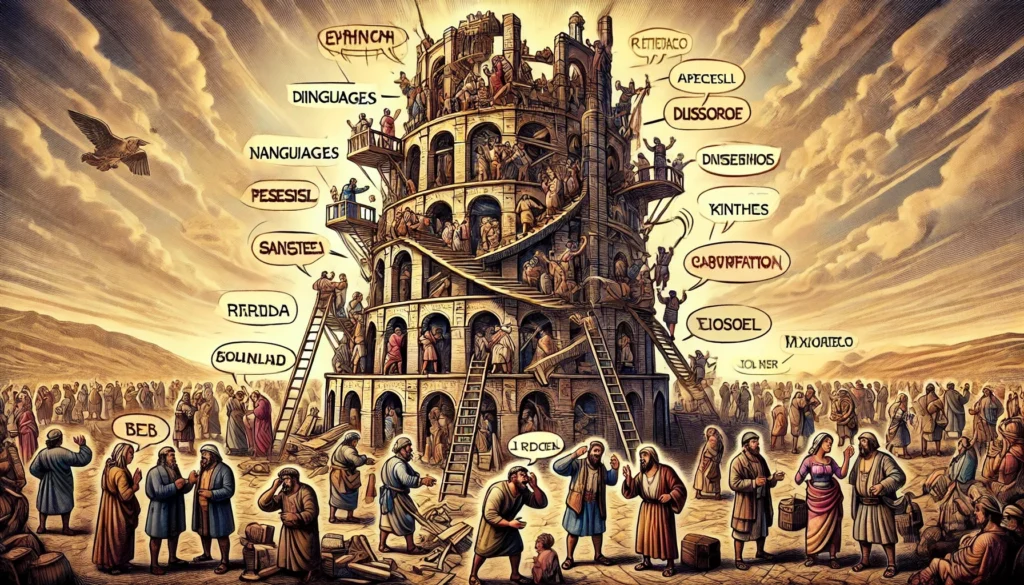
Isolation
Remote work can sometimes lead to feelings of isolation among team members. This can affect morale and productivity. Imagine a team member feeling disconnected from colleagues and the company culture, which might decrease their engagement and enthusiasm for work.
Overcoming obstacles
To tackle these challenges, you need strategic solutions that cater to the unique needs of a remote Agile team.
Flexible scheduling
Allowing flexible work hours can accommodate different time zones. Implement core hours where everyone is expected to be online, but let team members have flexibility outside these hours. This approach guaranties that important interactions occur without compromising personal schedules.
Enhanced communication protocols
Use multiple communication channels to provide clarity. Combine synchronous tools like Zoom for meetings with asynchronous ones like Slack for daily updates. This maintains a continuous flow of communication, reducing the chances of misunderstandings.
Encouraging inclusion
Regular virtual social events and team interactions help build a sense of community. Organize virtual coffee breaks, online team-building activities, and regular check-ins. These efforts can mitigate feelings of isolation and strengthen team bonds, making everyone feel part of a cohesive unit.
Learning from case studies
Several startups have successfully maintained agility despite remote work challenges. Their strategies offer practical insights.
Zapier
Zapier, a fully remote company, uses a blend of asynchronous communication and regular virtual meetings. By emphasizing clear documentation and frequent updates, they keep everyone on the same page. This approach has helped Zapier maintain high productivity and strong team cohesion across different time zones.
Buffer
Buffer focuses on transparency and open communication. They use tools like Slack and Zoom for daily check-ins and hold regular all-hands meetings. Buffer also emphasizes mental health, offering resources and support for their remote team. This has helped Buffer build a resilient remote culture that supports team well-being and productivity.
Trello
Trello uses its own project management tool to organize work and communicate progress. They have established clear communication guidelines and use video conferencing to keep the team engaged. This structured approach to remote work enables Trello to stay Agile and responsive to changes, ensuring smooth project execution.
Conclusion
As you can see, you can overcome the challenges of mastering Agile methodologies with the right strategies and tools. By prioritizing flexible scheduling, enhancing communication, and promoting inclusion, your team can remain productive and cohesive.
Learning from successful companies like Zapier, Buffer, and Trello shows that maintaining agility and resilience in a remote setting is achievable. Embrace these practices, and your remote team will thrive, delivering high-quality results while staying engaged and motivated.
Next article: Enhancing cultural integration in hybrid teams
Egor Kaleynik
IT-oriented marketer with B2B Content Marketing superpower. HackerNoon Contributor of the Year 2021 Winner – MARKETING. Generative AI enthusiast.
Featured in: Hackernoon.com, Customerthink.com, DZone.com, Medium.com/swlh
More info: https://muckrack.com/egor-kaleynik